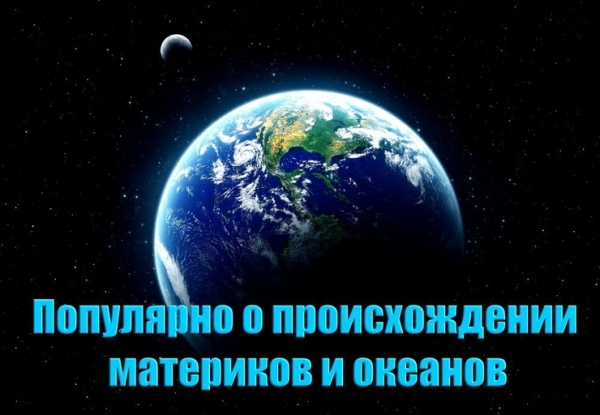Developed lithofacies spray

Experiment with icy surface
Michigan Engineering / YouTube
Researchers from the University of Michigan have developed a new coating that does not allow the formed ice crust to stick to the cold surface. About the new invention is told in a video published on the University channel in YouTube. The cover is made in the form of a spray. They can handle virtually any surface including windshields of cars and aircraft.
A new coating based on silicone. Developers have already tested several hundred compounds lithofacies coating using different surfaces and at different temperatures. According to researchers, the ice crust is formed on the treated surface, but to remove it practically does not need to make an effort, and with some surfaces the frost can just blow away.
<iframe src=”<a href=” https:=”” <a=”” href=”http://www.youtube.com” rel=”nofollow”>www.youtube.com=”” embed=”” 461jMzge3hU”=”” rel=”nofollow”>https://www.youtube.com/embed/461jMzge3hU” frameborder=”0″ width=”620″ height=”349″></iframe>
For revision and testing, and commercialization of new coating, according to developers, will take a few more years. Primarily, they intend to develop the composition that will be used the freezer technique, but also to handle the packing of frozen food. According to preliminary estimates, freezers, in which frost is not formed, will be 20 percent more energy efficient.
Other details about the new development at the University of Michigan not specified. Meanwhile, in late January of this year researchers from the Polytechnic University of Virginia presented a method to control the process of icing of planar surfaces. They were applied to the surface in a strict sequence drops hydrophobic and hydrophilic substances.
Thanks to the film formed from such substances, the researchers were able to organize and clearly identify the location points of crystallization. The experiments were conducted by cooling the sample plates from ten degrees Celsius to minus ten degrees Celsius for 30 seconds.
According to the results of experiments, the scientists found that the further you are from each other, the centers of crystallization, the less the likelihood of surface icing. Steam condensation on a surface with an ordered arrangement of the constituents of the formed droplets of supercooled water, which then crystallize into ice, and then dry up or are greatly reduced; the ice crust is formed.
Vasily Sychev







